What is The Most Effective Method For Knee Wall Insulation?
What is The Most Effective Method For Knee Wall Insulation?
Knee wall insulation is all you need to convert your attic into a usable, comfortable living space. Without proper insulation, it is impossible to use knee walls as a separate room within the attic as a bedroom, office, or library.

Considering the benefits of having an insulated knee wall, homeowners are often concerned about knowing the most effective method for knee wall insulation. Keeping a knee wall insulated can be challenging because it is not a common component in most homes.
In this post, we will discuss valuable attic knee wall ideas, including the different insulating materials used for knee wall insulation and the most effective method. We will also discuss how to insulate an attic space, such as knee walls, and the best approach for insulation - DIY or Hiring a professional. In addition, we will highlight the importance and recommended R-value for attic knee wall insulation.

What is an Attic Knee Wall?
An attic knee wall is a vertical wall about 2 or 3 feet tall built in an attic. They are used to support the weight of roof rafters. Attic knee walls are constructed perpendicular to the roof rafters, providing support and stability to the roof structure.
Attic knee walls are not a common component in most homes. They are found in homes with completed attics. Attic knee walls provide functional space in the attic as a result of the slanting roof in the building.
What Type of Insulation is Best For a Knee Wall?
The best way to insulate a knee wall is to use the same insulating material for the attic and roof. Fiberglass, spray foam, rigid foam, and blown-in cellulose insulation are commonly used for knee wall insulation. These insulating materials have unique characteristics

1. Fiberglass Batts
Fiberglass batt is a common insulating material for knee wall insulation. It comes in roll and batts, and they are cut perfectly to fit the knee walls. Fiberglass batts are affordable and easy to install. The R-value of fiberglass batts insulation is within R2.2 to R3.5 and does not resist air movement entirely. It is important to always wear protective gear because fiberglass is itchy and can cause respiratory issues.
2. Spray Foam Insulation
Spray foam insulation is the best insulating material for any part of your home. It expands to seal every hole that can cause heat loss. Spray foam insulation has an R-value ranging from R3.5 to R7 per inch. Spray foam insulation creates an air barrier and resists air movement better than other insulating materials.
3. Rigid Foam Insulation
Knee wall insulation can be done using rigid foam insulation boards such as expanded polystyrene (EPS) or extruded polystyrene (XPS). They provide high thermal resistance with an R-value of R3 - R5 per inch thickness and moisture resistance. Rigid foam insulation boards are cut to fit the wall and then secured in place.
4. Blown-In Cellulose Insulation
Cellulose insulation is an eco-friendly insulating material made from recycled paper. It is applied by blowing in the insulating material into wall cavities, hence the name blown-in cellulose insulation. Cellulose insulation is used to insulate knee walls as it offers both thermal and sound insulation properties.
How to Insulate Attic Knee Walls?
Learning how to properly insulate the attic is essential to get the best out of your knee wall insulation. This is the best approach to making your knee wall comfortable and energy efficient. Here is a guide on how to insulate knee walls;

Step-1: Assess The Existing Knee Wall Insulation
The first step is to remove any existing insulation on the knee walls. Before you begin the insulation process, it is important also to access the knee wall and inspect for holes, air leaks, and gaps.
Step-2: Choose The Right Insulation Type
Choosing the right type of insulation for your knee walls depends on your budget and preference. There are other factors to consider when selecting the insulation such as ease of installation, R-value, space constraints, moisture resistance, fire safety, and environmental impact.
For instance, fiberglass is less expensive, but it does not provide an excellent air barrier or moisture resistance like spray foam insulation.
Step-3: Clear The Area
Clear the area and remove debris or dust. Never apply insulation to a dirty wall or area, it reduces the effectiveness. When using spray foam for your knee wall insulation, always make sure the area is clean and dry.
Step-4: Air Seal
Holes, gaps, and crevices cause air leaks, reducing the insulation's effectiveness. There are areas in your attic that are common sources of air leaks. Using caulks or sealants to make your knee wall air-tight is important. A common area is where the knee walls meet the attic floor or roof rafters.
Step-5: Install Insulation
The next step is to apply the insulation. Fiberglass insulation is done by cutting the batts into size and installing them in the wall joists. For spray foam knee wall insulation, the foam is applied across the wall studs and allowed to cure.
DIY vs. Hiring A Professional
Attic knee wall insulation can be done either as a DIY project or by hiring a professional. It takes years of experience and practice to know where to insulate in attic. Understanding the pros and cons of each option is essential before making a decision.
DIY insulation is a cost-effective insulation method when you have the necessary equipment. DIY insulation provides valuable experience and an opportunity to learn new skills. On the other hand, proper insulation needs specific techniques and professional experience for an excellent job.
Hiring a professional for knee wall insulation saves the time and effort required for an efficient installation. Professionals provide the necessary experience, tools, and expertise to ensure proper installation. However, hiring a professional comes with labor costs, and it is relatively expensive.
What Is The R-Value For Knee Walls?
The R-value for knee walls is a measure of the amount of thermal resistance required to keep the area warm and comfortable. The minimum recommended R-value for knee walls is R-13. However, the R-value for knee walls varies with several factors, including the climate you reside in, insulation goals, and local building codes.
Why is Knee Wall Insulation Important?
Attic wall insulation is not a common procedure for most homeowners because most houses have unfinished attics. Knee walls provide extra space in the attic that can be accessed with a short door. Without insulation, knee wall spaces can become unbearable. Some of the benefits of knee wall insulation include:

1. Reduce Heat Loss
Insulation creates a thermal barrier that reduces heat loss between the conditioned space and the unconditioned attic (behind the knee wall). Insulation minimizes air leaks through holes and gaps in the knee walls.
2. Enhance Energy Efficiency
Knee wall insulation improves energy efficiency by creating a thermal barrier to reduce heat loss. Insulation reduces energy consumed by heating and cooling systems, leading to reduced energy costs.
3. Create A More Comfortable Living Space
Knee wall insulation improves the overall comfort of living space significantly. Without proper insulation, knee walls are extremely hot during summer and cold during winter. Insulation keeps the indoor temperature in the knee walls comfortable and conducive.
4. Prevent Moisture Issues
Uninsulated knee walls can lead to moisture problems, condensation, and infiltration. Knee wall insulation acts as a moisture barrier to prevent moisture buildup and mold growth.
5. Increase Resale Value
Insulation increases resale value by providing soundproofing properties, improving energy efficiency, and reducing energy consumption. An insulated, comfortable, and energy-efficient home will command a good resale value and better market demand than an unheated home.
Conclusion
In conclusion, spray foam insulation is the best insulating material for knee walls. Spray foam offers superior thermal insulation, moisture barrier, and soundproofing properties.
Spray foam insulation is ideal for your knee wall insulation since it provides a high R-value of R3.5 to R6 per inch thickness. That means it would take less than 3 inches of closed-cell spray foam product with an R-value of R5.6 to achieve the recommended R-13 for knee walls.
Author : Krakenbond Team



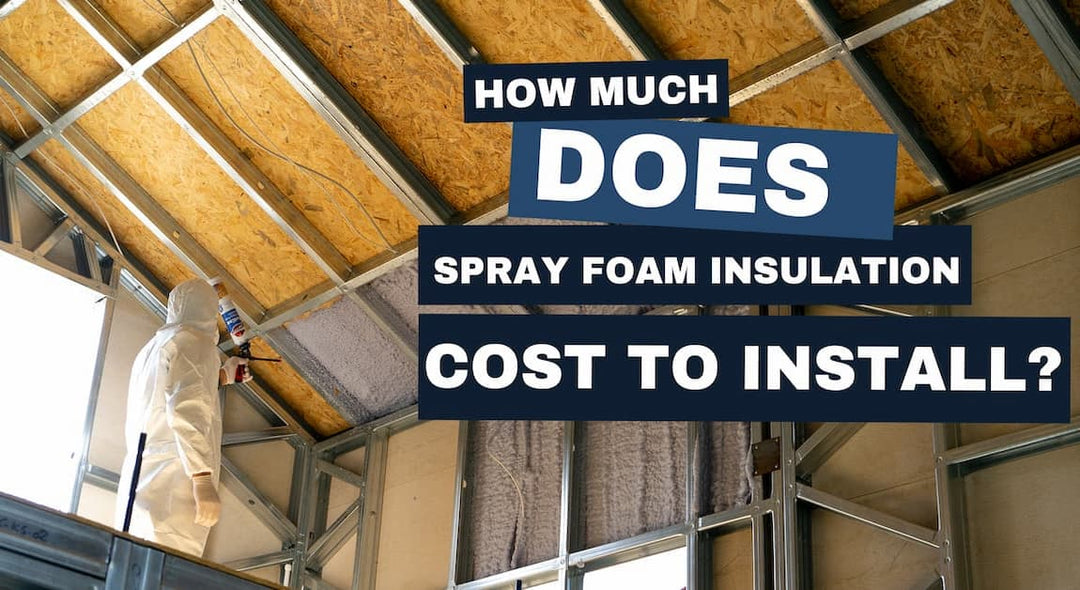
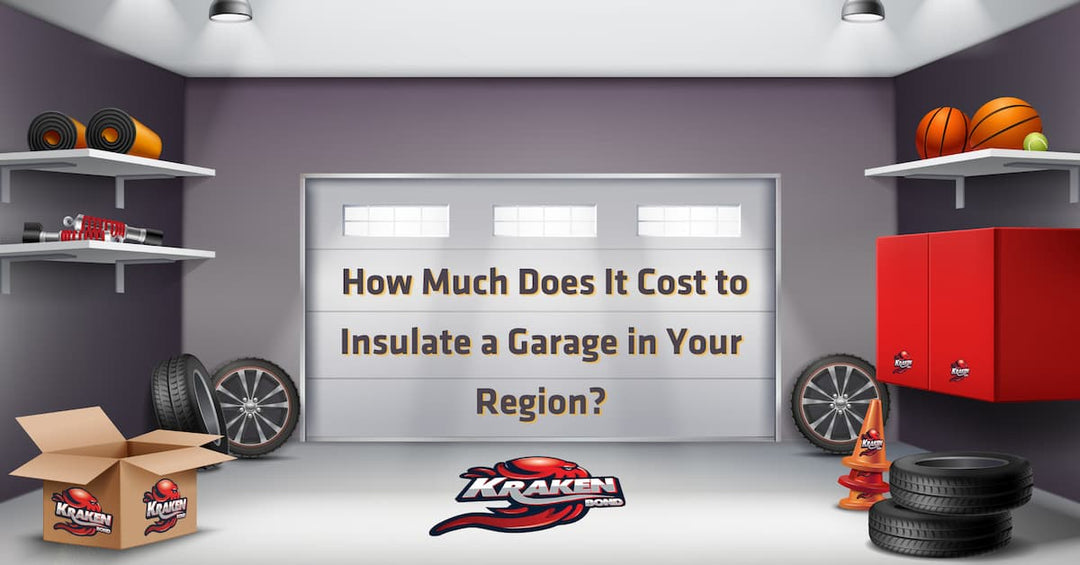
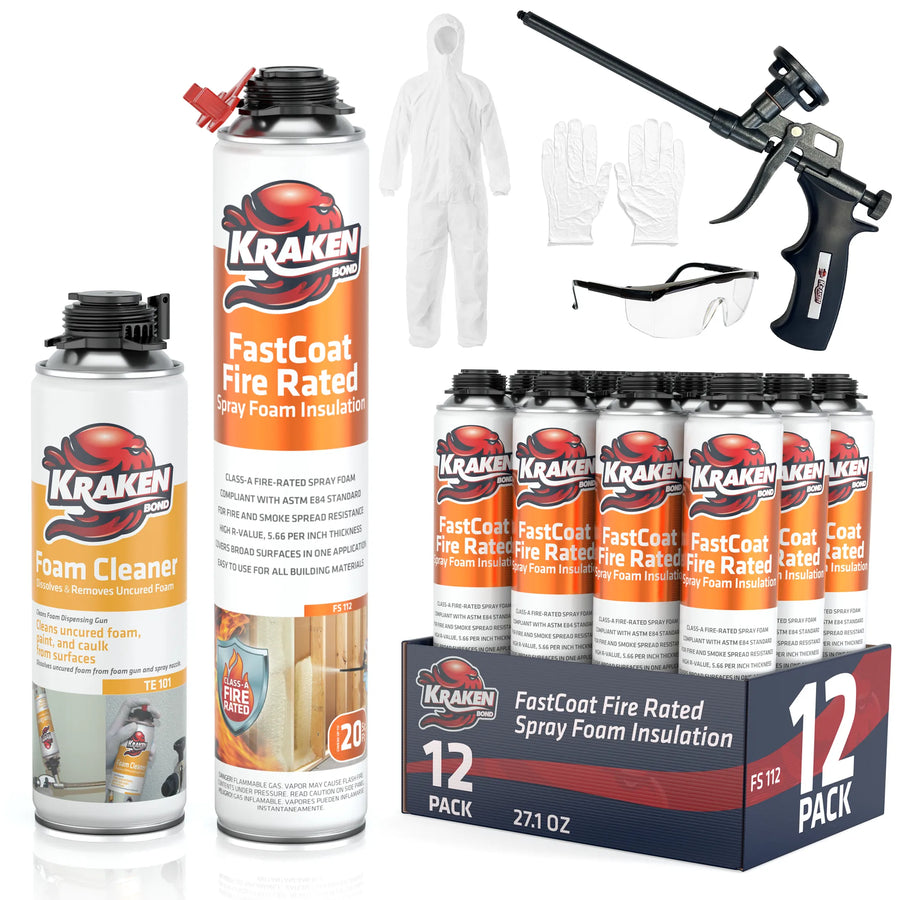







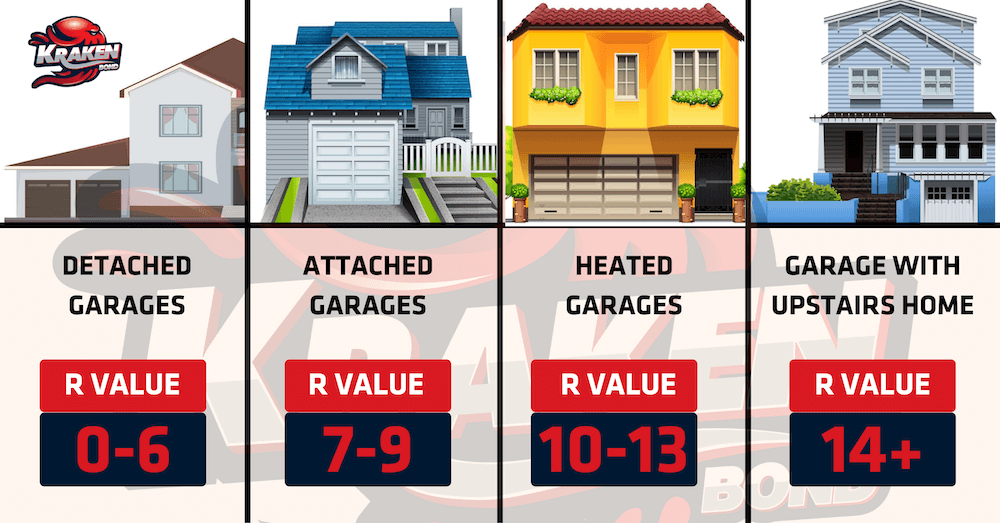

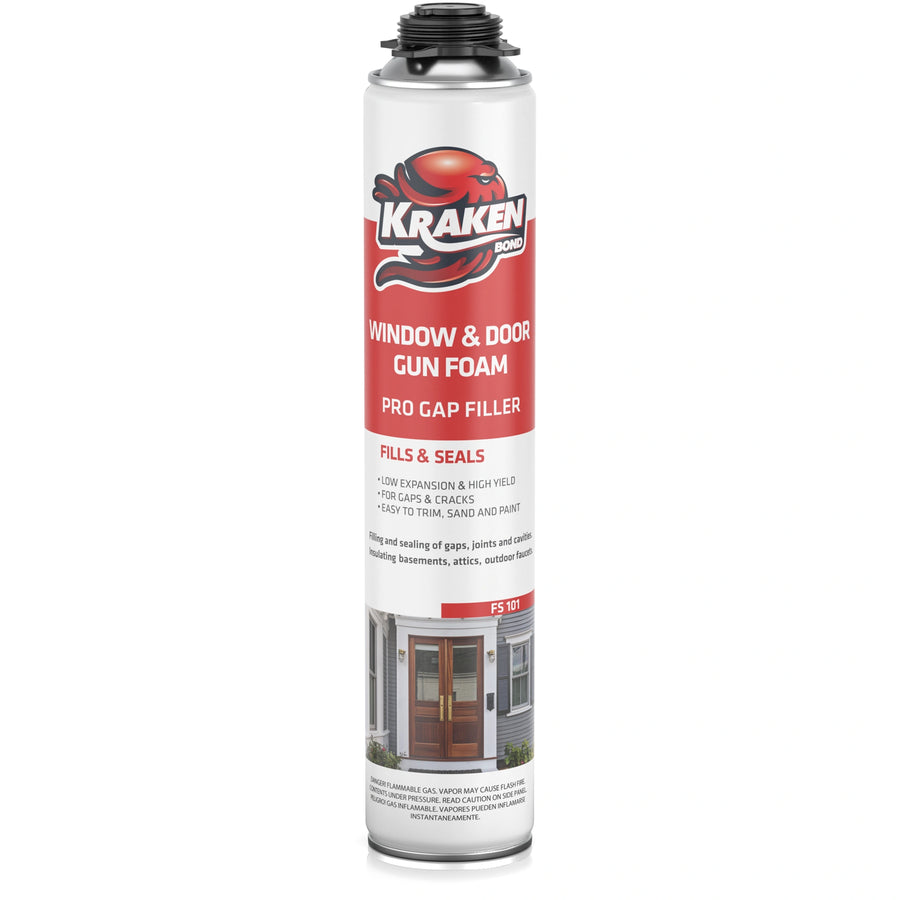
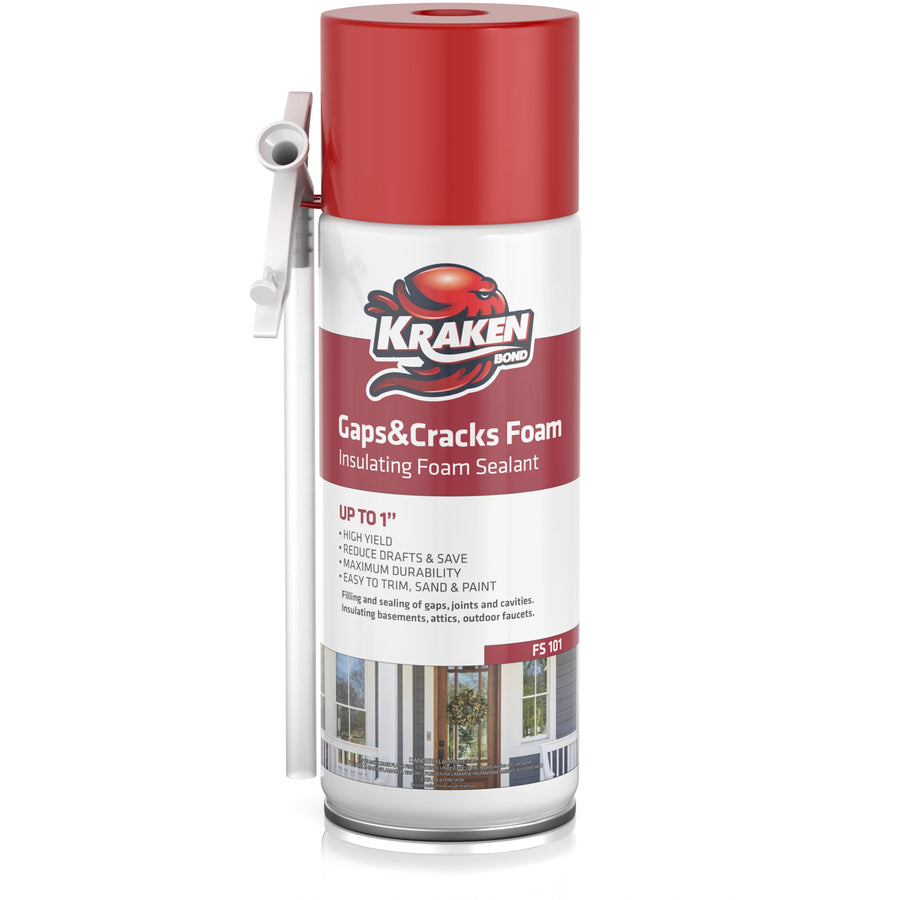
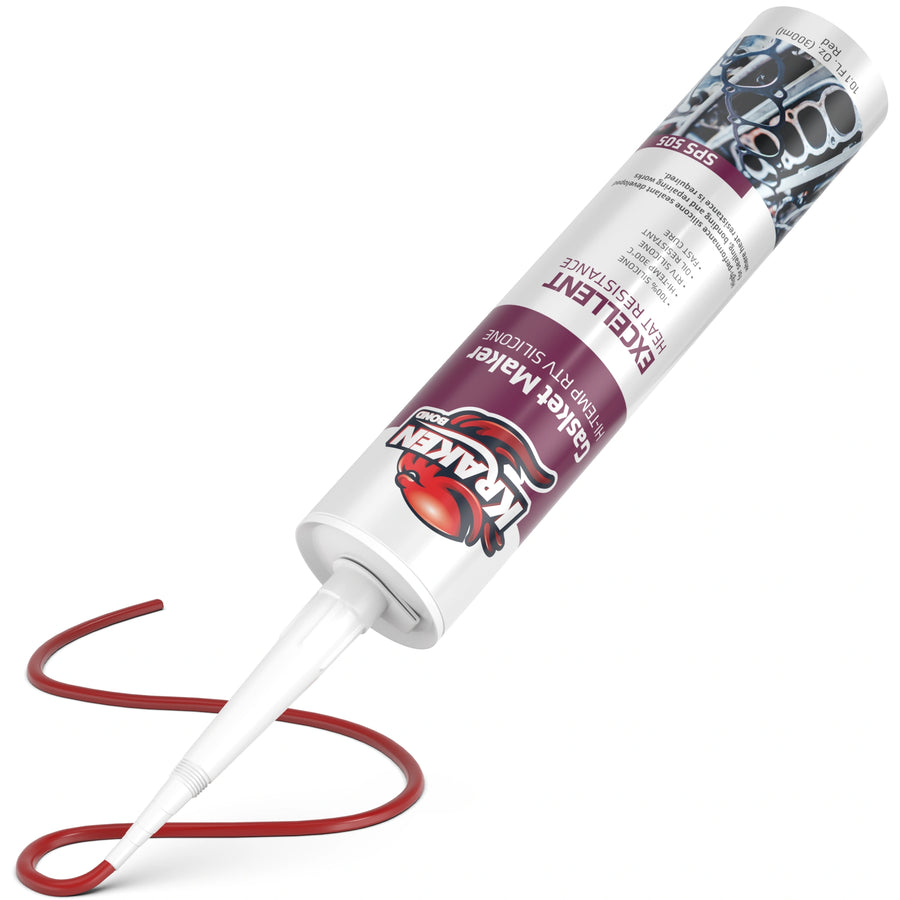
Leave a comment